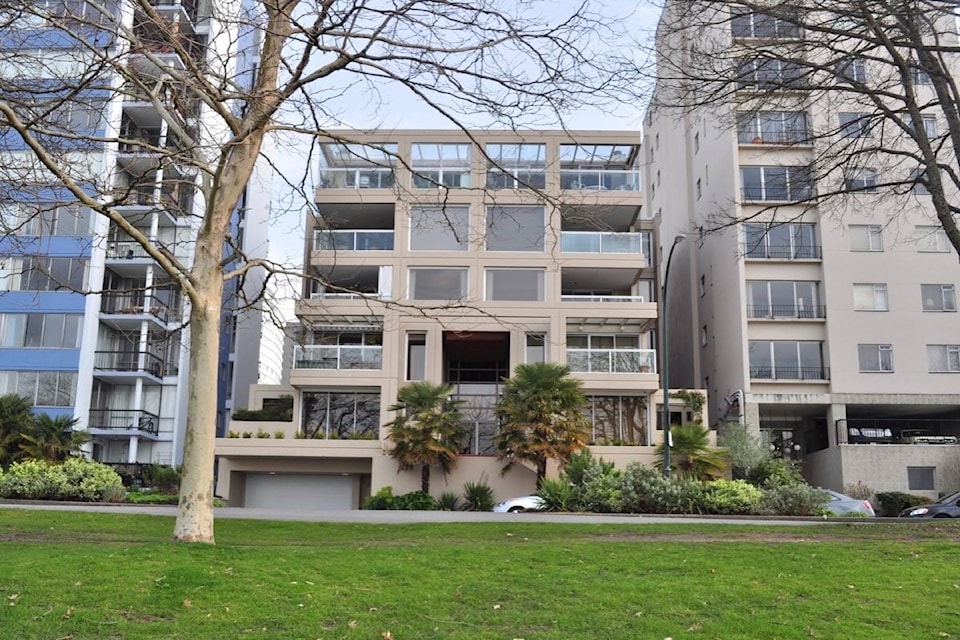Less than half of Lower Mainland residents live in detached houses, Stats Canada numbers released Tuesday morning show.
In the Greater Vancouver Regional District, only 29.2 per cent per cent of all residences were single-family dwellings. In the Fraser Valley Regional District the number was higher at 52.2 per cent – above the B.C. average of 44.1 per cent. Greater Vancouver has the lowest proportion by far of single-family detached houses; the next lowest is the Capital Regional District at 41.5 per cent.
Despite having almost double the number of single-family detached homes as Greater Vancouver, the Fraser Valley is only fifth in B.C. behind the Greater Vancouver, Capital, Squamish-Lilooet and Central Okanagan regional districts.
READ:
The drop in single-family dwellings in all but six of the 26 major Lower Mainland municipalities is surprising, said Rennie Group vice-president of marketing Andrew Ramlo. Ramlo includes the Greater Vancouver, Fraser Valley and Squamish-Lilooet regional districts in his Lower Mainland calculations.
“Even Surrey lost 4,350 single family dwellings between 2011 and 2016,” said Ramlo. “It says that even that older dwelling stock in Surrey is being redeveloped and the [single-family] additions on greenfield sites wasn’t enough to compensate for any of that redevelopment.”
All Lower Mainland cities except for Belcarra saw an uptick in multi-family dwellings, he noted.
“The fastest grower was the Township of 91ԭ�� with almost 40 per cent growth,” said Ramlo. The City of Vancouver saw the greatest absolute growth, he added.
READ:
Where the growth is skews to where dwellings are being added, notes Rennie Group senior economist Ryan Berlin.
“Almost uniformly throughout the region we know that people are changing their expectations about what they live in,” said Berlin. “Even though the City of Vancouver is really only adding multi-family types of homes it’s still attracting people from this key 20-39 age group.”
That points to a trend where families are choosing where to live based on availability of any type of housing, as well as proximity to the services they need, and shifting away from the white picket fence ideal, Berlin added.
“Will the resistance to redevelopment and infill and further reduction in single-family stock go down over time as current residents die or move out?” Berlin said. “I think Vancouver will be a multi-family city within the next 25 years. And as you see Surrey City Centre build out, you look at what they’re doing in the city centre of Richmond, I think you’ll see it everywhere.”
As ‘build it and they will come’ proves true, so does its inverse, said Berlin.
“If you don’t add housing and your population is aging, your population is not going to grow,” he said. “You can see that in West Vancouver and White Rock.”



